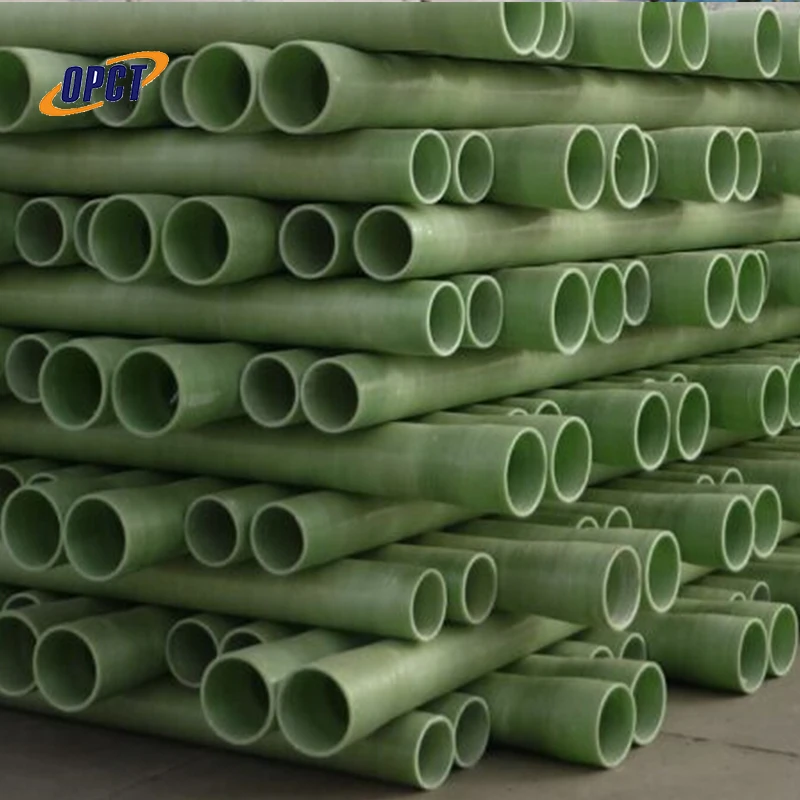Fiberglass Reinforced Plastic (FRP) grating has revolutionized multiple industries with its unique combination of strength, durability, and adaptability. Companies across the globe are increasingly recognizing the benefits of integrating this modern material into their operations, yielding impressive results and fostering innovation.

FRP grating provides a superior alternative to traditional materials like steel and aluminum, particularly in environments exposed to corrosion, moisture, and harsh chemicals. As an industry insider with over a decade of experience, it's evident that its resilience under these conditions is truly unparalleled. The secret lies in its composition a matrix of high-quality resin reinforced with fiberglass strands, meticulously engineered to deliver exceptional performance while remaining lightweight and easy to install.
For those in the oil and gas industries, the advantages of FRP grating cannot be overstated. In environments where corrosive chemicals are a constant concern, FRP grating demonstrates remarkable resistance, significantly extending the lifespan of platforms and walkways compared to their metal counterparts. This resistance translates into substantial cost savings over time, as there is a reduced need for frequent maintenance or replacement. Moreover, the non-conductive nature of FRP grating provides an added layer of safety, which is crucial in areas where electrical hazards are present.

Marine applications also see considerable benefits from implementing FRP grating. The constant exposure to saltwater is a formidable foe for traditional materials, leading to rapid degradation. However, FRP's inherent properties make it impervious to rust, allowing for sustained structural integrity and aesthetic appeal. Furthermore, the lightweight nature of FRP grating eases the burden of installation, lowering labor costs and minimizing downtime.
In terms of industrial operations, where safety and efficiency are paramount, FRP grating rises to the occasion. Its anti-slip surface is a particularly valuable feature, reducing workplace accidents and enhancing the safety of workers navigating elevated platforms, catwalks, and walkways. The customizable nature of FRP means that it can be tailored to suit specific requirements, whether it's the size of the panels or the particular type of resin used, ensuring optimum performance for each unique application.
frp grating
From a sustainability perspective, FRP grating offers an environmentally friendly solution that aligns with modern ecological standards. The production process generates less waste compared to traditional materials, and the extended lifespan of FRP grating means that fewer resources are consumed over its lifecycle. Additionally, the recyclability of FRP products contributes positively to reducing environmental impact.
Scientific studies have also reinforced the benefits of FRP grating. Research data supports its strength-to-weight ratio as superior to many metals, affirming why it’s the material of choice in critical infrastructure projects. Furthermore, industry certifications and rigorous testing protocols validate FRP's reliability, establishing it as a trusted choice among engineers and architects.
Looking towards the future, advancements in technology continue to push the boundaries of what FRP grating can achieve. Researchers are exploring enhanced resin formulations to further improve its already impressive resistance to fire and UV degradation. As these innovations come to fruition, the potential applications for FRP grating will only expand, offering even more opportunities for industries to harness its myriad benefits.
In conclusion, FRP grating represents a modern material solution that not only meets but often exceeds the demanding requirements of diverse industrial applications. Its unique combination of qualities—strength, durability, and resistance—make it an indispensable asset in many sectors. Companies that have adopted FRP grating as part of their infrastructure are experiencing tangible benefits in terms of cost savings, safety, and longevity, setting the standard for what innovative material solutions can accomplish.




